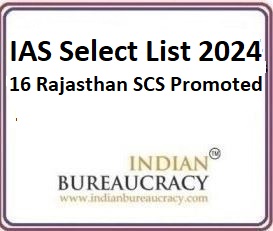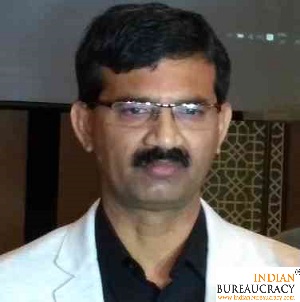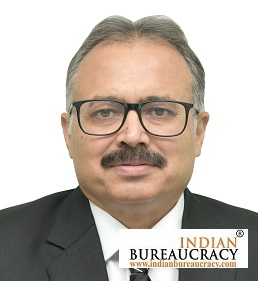Seeking to evolve an Implementation Plan for the next 20 years for realizing the goal of equitable urban development through building of inclusive, safe, resilient and sustainable cities, 68 countries of Asia Pacific Region began their three day deliberations in New Delhi today. Minister of Housing & Urban Poverty Alleviation and Urban Development Shri M.Venkaiah Naidu today inaugurated the ‘Asia Pacific Ministerial Conference on Housing and Urban Development’.
In his inaugural address, Shri Naidu stressed that “Governance holds the key in ensuring that no one is left behind in benefitting from the gains of urban development and in making cities inclusive, safe, resilient (ability to cope up with natural disasters and other risks) and sustainable”. Voicing concern over weak governance structures in most of the member countries of the region, he said that over the last two years, the Government has taken several initiatives to improve technical, planning and managerial capabilities of city governments in India. This is being done through promoting e-governance, capacity building, enhancement of resource base of cities etc., under different new urban missions.
Shri Naidu further said that to the 3 principles of sustainable development i.e equity, economy and environment, Governance needs to be added as the fourth dimension, given its importance.
Stating that the Asia Pacific Region accounts for 55% of global urban population with over one billion living in slums and accounting for 75% of global fatalities due to natural disasters, Shri Naidu urged the member countries to mount collective efforts to face challenges in the context of rapid urbanization in the region. Accounting for 10 of the 15 largest cities of the world being in the region including the top 3 of Tokyo, New Delhi and Shanghai, the region is set to transform into predominantly urban over the next two years, the Minister said.
Giving an account of India’s urban development strategies for the next 20 years, Shri Naidu said the objectives of New Urban Agenda include integrated urban policies in line with cooperative federalism, eliminating barriers to the flow of capital, land and labour, development of rural and urban areas in a synergetic manner, promoting inclusivity and sustainability in urban planning and management and ensuring social justice and gender equality.
Sharing the concern of member countries over infrastructure deficit including affordable housing in the cities of the region, Shri Naidu said that piped water supply, sewerage networks, open spaces, 24 x 7 water and power supply, easily accessible health and education facilities, sanitation, affordable housing for urban poor etc., are being provided in in an integrated manner under new urban missions in India.
Noting that peri-urban development is a major form of urbanization in India, Shri Naidu emphasized the need for regional planning promoting linkages between rural and urban areas for synergy in development.
Ministers of member countries in their country statements have given accounts of levels of urbanization, experiences and the challenges being faced in respective countries. Poor urban infrastructure, unplanned and unregulated urbanization, social and economic exclusion of poor and marginalized sections, lack of resilience to natural disasters and other risks were among the major challenges highlighted by various Ministers.
The 6th Asia Pacific Ministerial Conference on Housing and Urban Development being held in New Delhi is the first such meet after New Urban Agenda for inclusive and sustainable urban development for the next 20 years was adopted at the Habitat-III global conference in Quito, Ecuador in October this year.
Delhi Declaration and Implementation Plan would be adopted on December 16, 2016.





